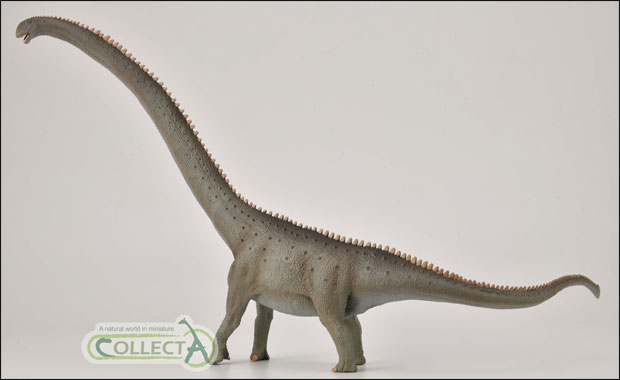Revising the Mamenchisauridae – Analong chuanjieensis
2020 has proved to be an important year for that enigmatic family of sauropods the Mamenchisauridae, which are predominantly associated with the Early Jurassic of China, although, as with most things relating to vertebrate palaeontology, there are exceptions to the consensus. For example, the Late Jurassic Tanzanian genus Wamweracaudia is regarded by many scientists as a mamenchisaurid, based on the shape and structure of its tail bones (caudal vertebrae).
Revising the Mamenchisauridae
That’s the point with the mamenchisaurids. They are one of the most extensively researched of all the Sauropodomorpha, thanks almost entirely to the numerous fossil bones found near Zigong in the Chinese Province of Sichuan. However, even the most well-researched group of dinosaurs are subject to revision.
This is the case with a specimen of Chuanjiesaurus (C. anaensis) which is pronounced Chu-an-je-sore-us, a twenty-five metre long giant known from the Middle Jurassic Chuanjie Formation of Yunnan Province located in south-western China.
Chuanjiesaurus was named and described in 2000, from fossils found near to the town of Chuanjie in Lufeng County (Yunnan Province). Intriguingly, a recent assessment of the disarticulated sauropod fossil remains found just a few metres away in the same quarry have demonstrated that these fossils are not the remains of a second Chuanjiesaurus as previously thought.
A Life Reconstruction of the Newly Described Mamenchisaurid Analong chuanjieensis

Picture credit: Everything Dinosaur
A New Scientific Paper
In a scientific paper published in the International Journal of Paleobiology, Ren at al erected a new mamenchisaurid taxon based on a revision of specimen number LFGT LCD 9701-1. Analong chuanjieensis is based on several autapomorphies (unique characteristics). This reassessment has important implications for the Mamenchisauridae as a whole. Analysis of the bones of the newly described Analong with other related mamenchisaurids indicate that Analong chuanjieensis is the earliest branching of the Mamenchisauridae family, whereas the contemporary Chuanjiesaurus represents a later branching of these types of dinosaurs.
In Recognition of the Increasing Public Awareness of the Mamenchisauridae CollectA are Introducing a Scale Replica of Mamenchisaurus in 2021
To view the CollectA Deluxe model range: CollectA Deluxe Prehistoric Animal Models.
Thus, the establishment of a the new Analong taxon not only increases the number of long-necked dinosaurs known from the Middle Jurassic of China but also suggests that the ecosystem which was dominated by these herbivores was more complex and nuanced. Furthermore, this reassessment of the fossil material suggests that the evolution of the Mamenchisauridae is more convoluted than previously realised.
For a related article on Chinese mamenchisaurs: Another Mamenchisaurid from Anhui Province – Anhuilong diboensis is described.
The scientific paper: “A revision of the referred specimen of Chuanjiesaurus anaensis Fang et al., 2000: a new early branching mamenchisaurid sauropod from the Middle Jurassic of China” by Xin-Xin Ren, Toru Sekiya, Tao Wang, Zhi-Wen Yang and Hai-Lu You published by An International Journal of Paleobiology (Historical Biology).
Visit the Everything Dinosaur website: Everything Dinosaur.







Leave A Comment